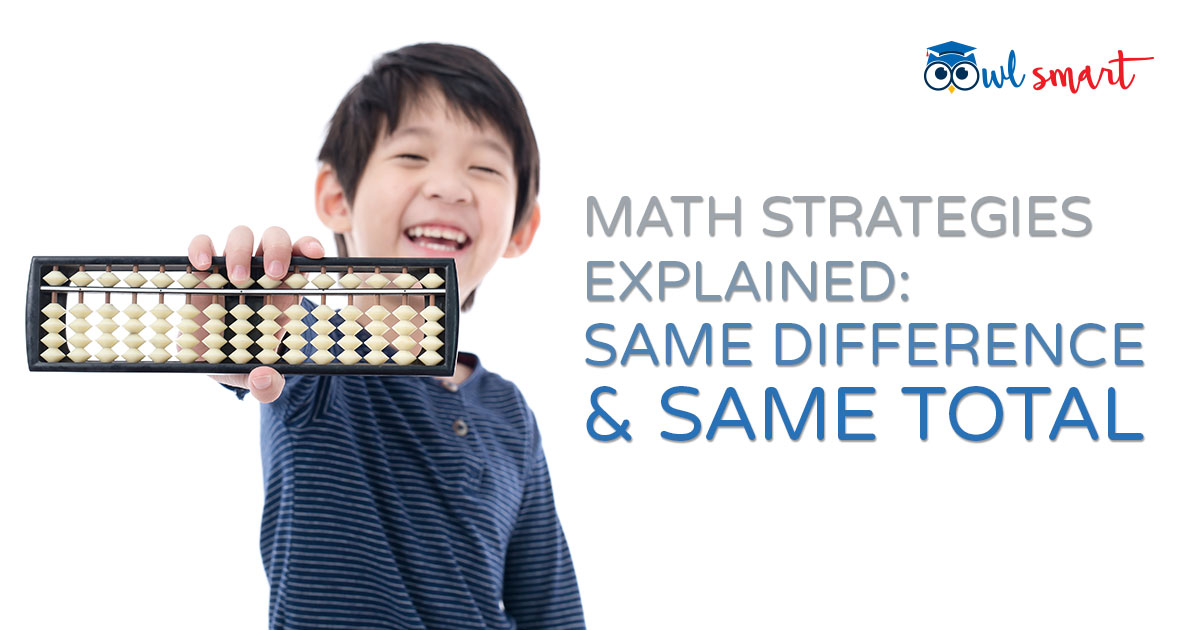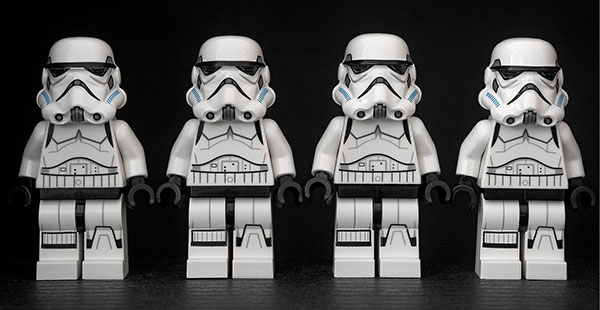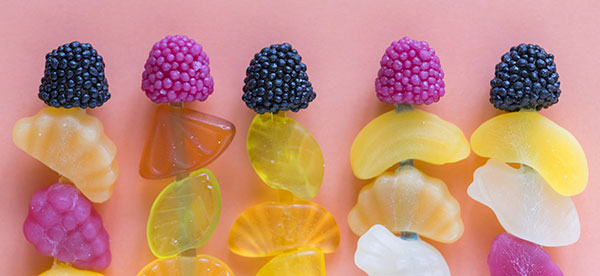
This article focuses on solving a group of problem sums in PSLE Math whereby the value of a certain variable remains the same whether in the "Before" or "After" scenario.
The strategies shared here are regularly used in schools and tuition centres as they can be applied across different topics with part-whole concepts like Decimals, Ratio, Fractions, Percentage and Whole Numbers.
Key Strategy 1 : Same Difference

Ali and Shawn shared some stamps in the ratio 9 : 5 at first. After each of them had received an equal number of stamps from their friend, Clive, the ratio became 12 : 7. If Shawn had 84 stamps in the end, how many stamps did each of them receive from Clive?
1) Study and Understand the Problem
The ratio of mass of Ali’s stamps to Shawn’s stamps is given for “Before” and “After” scenarios.
Ali and Shawn had a number of stamps each at first.
After each of them had received the same number of stamps, each had a new total number of stamps in the end.
2) Think of a Plan
Contextual clue : Each received an equal number of stamps, so the difference in the number of stamps each had in the end is the same as that before receiving the stamps.
Whenever you see a question with "Before" and "After" scenarios and both variables had the same value added to or deducted away from them, you can use the strategy of "Same Difference".
3) Act on the Plan
Using Unitary Method based on Ratio
|
| ||||||||||||||||||||||||||||||
Since the difference should be the same, find the lowest common multiple of 5 units and 4 units which is 20 units. Make both the "Diff" variables to be 20 units.
|
| ||||||||||||||||||||||||||||||
Since Shawn had 84 stamps in the end,
| 28 units | = | 84 | ||
| 1 unit | = | 3 | ||
| 28 units – 25 units | = | 3 units | ||
| 3 units | = | 3 x 3 | = | 9 (Answer) |
4) Reflect on my Answer
Work your answer through the steps to double check on accuracy.
Before
3 x 45 = 135 (A)
3 x 25 = 75 (S)
After
3 x 48 = 144 (A)
3 x 28 = 84 (S)
144 – 135 = 9
84 – 75 = 9
Key Strategy 2 : Same Total

Box A and Box B contain some "Warheads" candies. The ratio of the mass of Box A to the mass of Box B is 4 : 1. When Peter removes 260 g of candies from Box A and puts them into Box B, the ratio of the mass of Box A to that of Box B becomes 7 : 5. What is the total mass of the 2 boxes of "Warheads" candies?
1) Study and Understand the Problem
The ratio of mass of Box A to B is given for "Before" and "After" scenarios.
When Peter removes 260 g of candies from Box A and puts them into Box B, the total number of candies in the two boxes remains the same.
2) Think of a Plan
Contextual clue : Since Peter is just transferring some candies from A into B, the total number of candies in both boxes is still the same for "Before" and "After" scenarios.
Whenever you see a question with "Before" and "After" scenarios and the total value represented by the "Total" variable is still the same after the internal transfer, you can use the strategy of "Same Total".
3) Act on the Plan

Using Unitary Method based on Ratio
|
| ||||||||||||||||||||||||||||||||||||||||
Make the number of units represented by "Total" variable the same for the two sets of ratios. Common multiple of 5 and 12 is 60.
After 260g of candies are transferred from Box A to B, the number of units in Box A decreases from 48 units to 35 units.
48 units – 35 units = 13 units
13 units = 260
1 unit = 20
60 units = 1200
Ans: 1200g
4) Reflect on my Answer
Work your answer through the steps to double check on accuracy.
Before
48 units = 48 x 20 = 960 (A)
12 units = 12 x 20 = 240 (B)
Total number of candies = 960 + 240 = 1200
After
35 units = 35 x 20 = 700
25 units = 25 x 20 = 500
Total number of candies = 700 + 500 = 1200
Conclusion
Problem sums that can be solved using the strategies of Same Total and Same Difference are commonly tested in Math exam papers. Master these 2 strategies with an OwlSmart subscription — over 40 different questions on these 2 strategies are available at OwlSmart.
Look out for the next Math article in which I will share with you two more key strategies using Ratio – Same Identity and Unchanged Variable.
About the Author
Teacher Zen has over a decade of experience in teaching upper primary Math and Science in local schools. He has a post-graduate diploma in education from NIE and has a wealth of experience in marking PSLE Science and Math papers. When not teaching or working on OwlSmart, he enjoys watching soccer and supports Liverpool football team.



